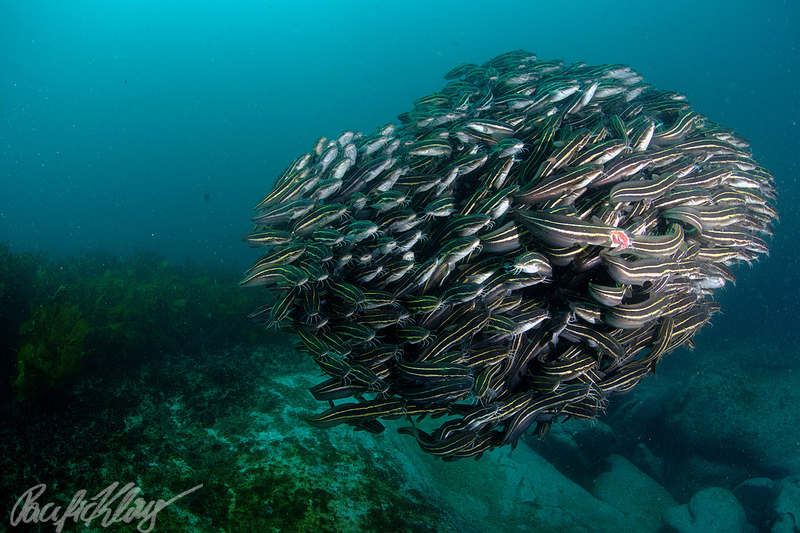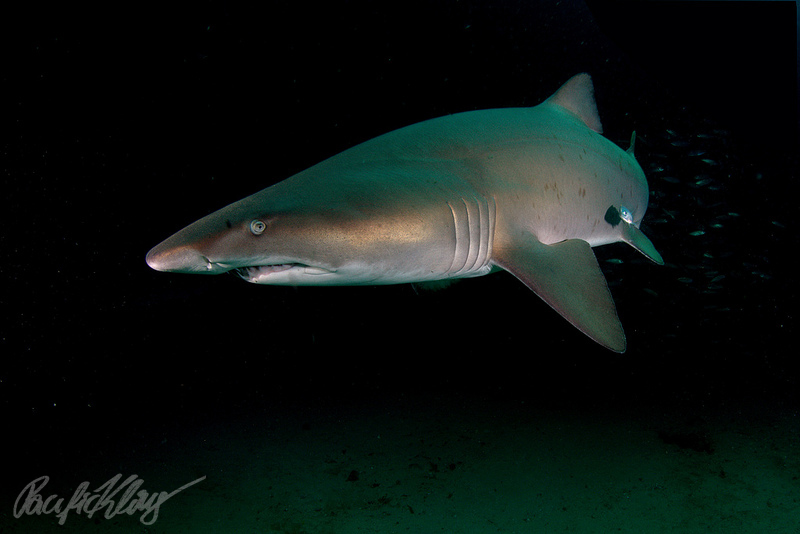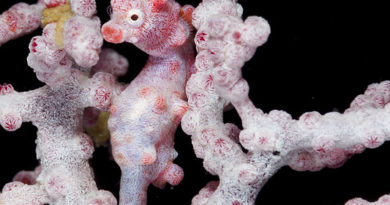Getting Started with Underwater Photography – Part 8 – Unbalanced Exposure Camera Settings
After an intermission caused by too much science and science-related work, I’m back with the next episode of my underwater photography course. Let’s hope that you have used the meantime for practicing buoyancy, picking a good camera and strobe, and doin’ lots of underwater shooting.
What I will explain today is how you have to set your camera when you are dealing with two light sources: your strobes AND the ambient sunlight (often called unbalanced exposure). A challenging situation! When will this occur? Most of the time in wide-angle photography. The two light sources will be your strobe, and the ambient light coming from the sun. What we want to achieve is that the right amount of light reaches our camera’s sensor, so that the whole image is evenly exposed. As usual, we have three parameters available to change:
1. The ISO setting. The higher the ISO, the more sensitive the camera is to light, but the noisier the image will become. The ISO setting affects all light coming through the lens, both from the strobe and from the sun. But, sunlight is often sparse underwater, so it makes sense to up the ISO in in wide-angle photography. With my low-noise Canon EOS5DII, I use a range of ISO 640 to 1000.
2. f-stop. The wider the camera’s iris is open, the more light will reach the sensor, but the smaller the part of the image in focus (depth of field) will be. That’s basic photographic knowledge. When we have two light sources, this will also affect both.
3. Shutter speed. That’s a tricky one! The longer you allow light to reach the sensor, the more photons will get there. But the shutter speed does not influence the amount of light which reaches your camera via your strobes. The light flash the strobes emit is very brief, and will be over way before the shutter closes again. If you use a speed of 1/100 or 1/40, the same amount of light will pass through your camera’s lens.
So that’s how you can manipulate the relative amount of light stemming from the ambient illumination and your strobes: Play with the shutter speed. ISO and f-stop will influence the amount of ambient and strobe light for your exposure, shutter speed will only influence the amount of ambient light captured.
Another factor which allows you to change how much sunlight you will get into your photograph is the camera angle. Point your lens upwards, and you’ll get more of the ambient light. Aim it straight or down, and you will capture very little.
What I therefore recommend is to first get the foreground exposure right, with the correct f-stop. With digital cameras, there is no need to preserve shots, so why don’t you just take a picture of a fellow diver or a section of reef to adjust the exposure. Then, adjust the shutter speed to achieve a proper background exposure. Aim for a nice background blue, no washouts, not overly dark. If you are hoping for big fish like mantas or sharks, take care of all these adjustments at the beginning of the dive, before the big boys show up – you wouldn’t want to waste precious time once they are in front of you. Also, remember that the correct background exposure setting will change when you dive deeper, as there will be less light reaching you and your camera.

As always in art, rules can be broken under the right circumstances. If we want to make the foreground stand out , we can choose the camera settings such that we capture almost no background light. This means a fast shutter speed, lower ISO and a camera directed horizontally or downwards at a close-by subject. Check out the nurse shark below!


